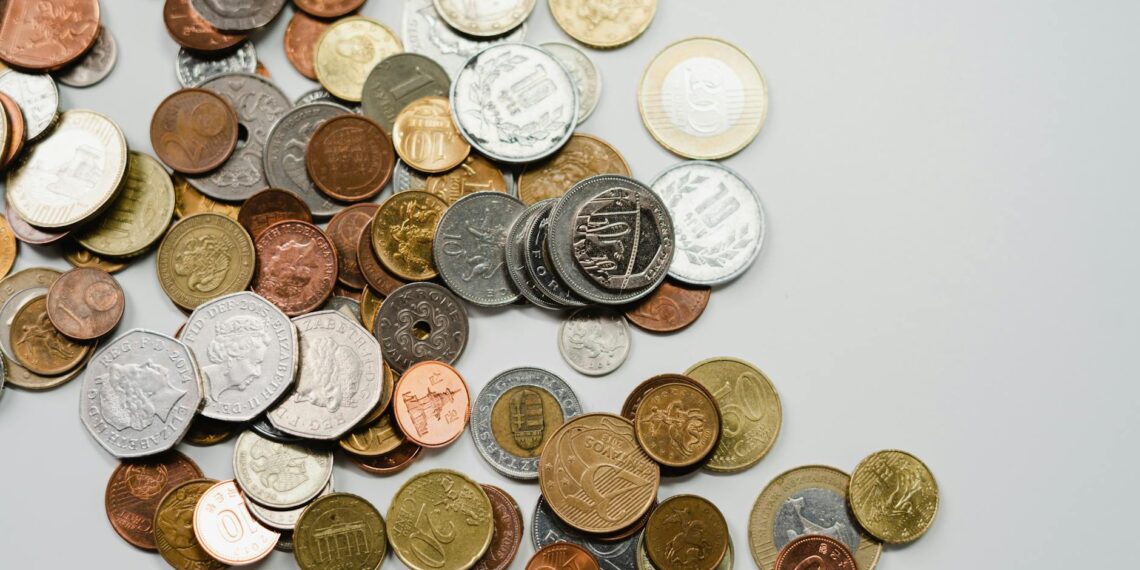The United States has minted dollar coins in various compositions throughout history, including silver, gold, and base metals . However, the dollar coins in circulation today are primarily made of a base metal alloy, giving them a golden color.
Specifically, the Sacagawea, Native American, Presidential, and American Innovation dollar coins, often referred to as “golden dollars,” are made with a three-layer clad construction.
- Outer layers: These layers are composed of manganese brass, which consists of 77% copper, 12% zinc, 7% manganese, and 4% nickel.
- Inner core: The core is made of pure copper.
This combination gives the dollar coin an overall composition of 88.5% copper, 6% zinc, 3.5% manganese, and 2% nickel . While they are not actually made of gold, the manganese brass cladding provides them with a distinctive golden appearance.
It’s important to note that earlier dollar coins, like the Morgan dollar, were made primarily of silver (90% silver and 10% copper). However, the U.S. Mint no longer produces silver dollar coins for general circulation, although they do still mint them for collectors.









Are all silver dollars 100% silver?
Good point! The historic Morgan Silver Dollars minted from 1878 to 1921 contain 90% pure silver and 10% copper, giving them a durable composition suited for circulation. However, modern Morgan Silver Dollars, reintroduced in 2021, are crafted from 99.9% fine silver, enhancing their purity and appeal to today’s collectors.